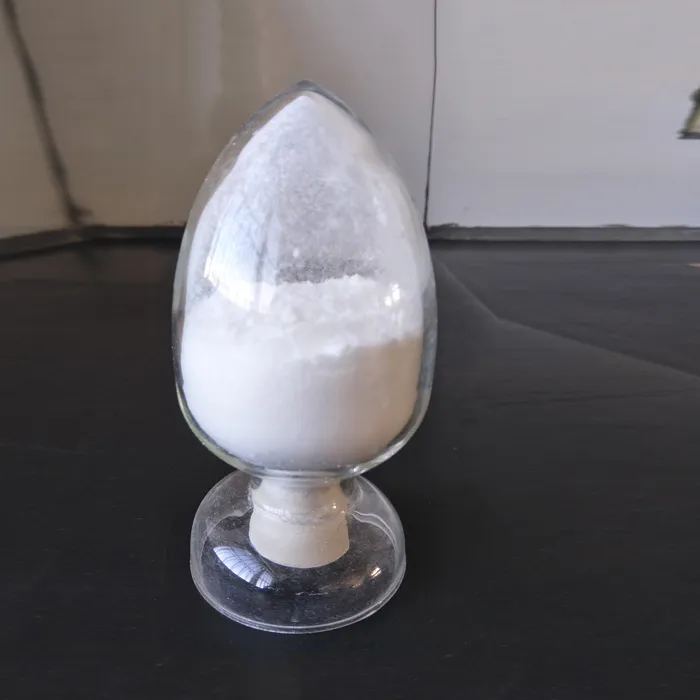Understanding the API Manufacturing Process Steps
Active Pharmaceutical Ingredients (APIs) are the essential components in the production of pharmaceuticals, determining the therapeutic efficacy of a drug product. The process of manufacturing APIs is complex and requires meticulous planning, control, and adherence to regulatory standards. Understanding the key steps involved in the API manufacturing process is crucial for professionals in the pharmaceutical industry, as well as for understanding drug production at a foundational level.
Step 1 Research and Development (R&D)
The journey of API manufacturing begins with extensive research and development. This phase is critical as it involves the identification of the chemical compounds that exhibit potential therapeutic effects. Scientists conduct various studies, including in vitro and in vivo testing, to evaluate the pharmacological properties of these compounds. Once a suitable candidate is identified, further chemical and biological studies are conducted to optimize its structure for maximum efficacy and minimal side effects. The R&D phase often spans several years and involves collaboration between chemists, biologists, and pharmacologists.
Step 2 Synthesis Development
Once a lead compound is selected, the next step is to develop a robust synthesis pathway that can reliably produce the API at scale. This involves creating a detailed synthetic route that outlines the chemical reactions necessary to produce the desired compound from starting materials. Considerations during this phase include yield optimization, reaction conditions, and the selection of solvents and reagents. The goal is to develop a method that is not only effective but also economically viable and environmentally friendly.
Step 3 Process Optimization
After establishing a synthesis route, the process must be optimized. This includes scaling up the production from a laboratory setting to a pilot plant. Process parameters such as temperature, pressure, and reaction time are refined to maximize yield and purity. Additionally, impurities must be identified and eliminated through techniques such as chromatography and recrystallization. This iterative process may require several rounds of experimentation to ensure consistent quality and compliance with regulatory requirements.
Step 4 Quality Control and Analysis
api manufacturing process steps

Quality control (QC) is a critical aspect of the API manufacturing process. Each batch of the API must undergo rigorous testing to ensure it meets predetermined specifications. Analytical techniques such as HPLC (High-Performance Liquid Chromatography), NMR (Nuclear Magnetic Resonance), and mass spectrometry are employed to assess the purity and potency of the API. QC not only helps in confirming the identity of the API but also plays a vital role in monitoring the overall production process to avoid deviations that could compromise product quality.
Step 5 Scale-Up Production
Once the synthesis is optimized and quality control measures are in place, the manufacturing can be scaled up to commercial levels. This step involves transforming processes developed in the lab and pilot plant into full-scale operations in a manufacturing facility. Equipment such as reactors, vacuum drying systems, and crystallizers are deployed to ensure that production can meet demand while maintaining quality standards. At this stage, meticulous documentation of processes is crucial for regulatory compliance.
Step 6 Regulatory Compliance and Documentation
The pharmaceutical industry is one of the most heavily regulated sectors, and API manufacturers must comply with strict guidelines set forth by agencies like the FDA, EMA, and others. Comprehensive documentation throughout the manufacturing process is required, ensuring traceability and accountability. This includes batch records, validation reports, and stability studies. Regulatory submissions for the API must demonstrate adherence to Good Manufacturing Practices (GMP) and provide data on safety, efficacy, and quality.
Step 7 Packaging and Distribution
The final step in the API manufacturing process involves proper packaging and distribution. APIs must be stored in conditions that preserve their stability and integrity, often requiring specific temperature and humidity controls. Once packaged, APIs can be distributed to pharmaceutical companies for formulation into final drug products. Transport logistics are also meticulously managed to ensure that quality is maintained throughout the supply chain.
Conclusion
In summary, the manufacturing process of APIs encompasses several critical steps, including research and development, synthesis development, process optimization, quality control, scale-up production, regulatory compliance, and packaging. Each step requires a high degree of precision and adherence to regulatory standards to ensure the production of safe and effective pharmaceutical products. The complexity of this process reflects the importance of APIs in healthcare and their impact on patient outcomes. Understanding these steps is essential for anyone involved in the pharmaceutical industry, from scientists to regulatory professionals.

